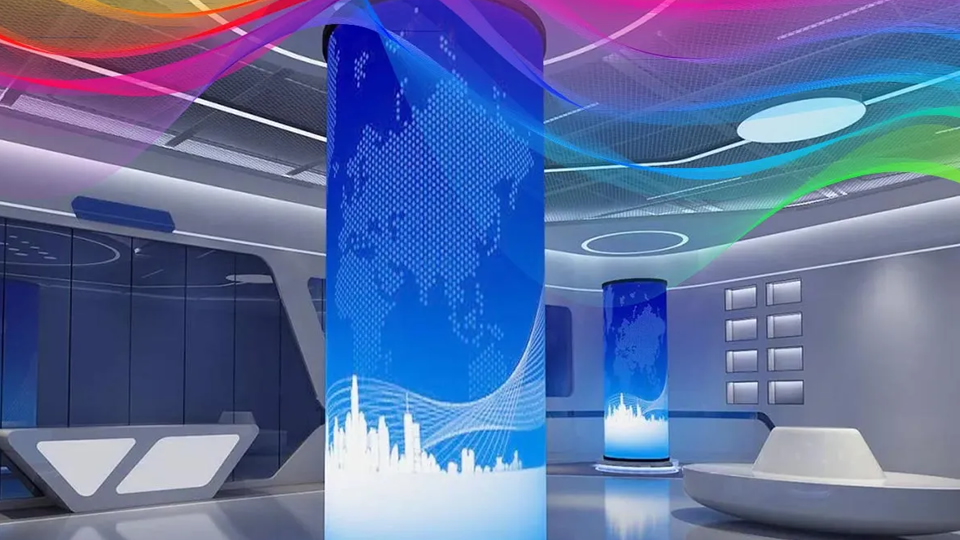In recent years, flexible led display panels have become a game-changer for architects and designers who seek more than just rectangular screens on walls. As technology evolves, these bendable, lightweight panels are being embraced in modern architecture to deliver both function and beauty.

Unlike rigid LED screens, flexible panels are made of soft PCB materials and silicone-based masks, allowing them to curve and contour around structures. This makes them ideal for installations on columns, curved walls, or irregular shapes—areas that were previously off-limits for conventional LED solutions.
Architects working on museums, hotels, and luxury retail environments are increasingly turning to Flexible LED Displays to create immersive, visually stunning installations. Whether it’s a cylindrical video tower in a hotel lobby or a ribbon-like media strip flowing through a shopping mall ceiling, the visual impact of these displays is immediate and unforgettable.
Aside from their aesthetic value, flexible LED panels are highly practical. Their modular nature allows for easy maintenance and customization. They’re also energy-efficient, weather-resistant (when designed for outdoor use), and capable of delivering high-resolution content even in challenging conditions.
In creative architecture, where storytelling and branding often go hand in hand, these panels offer designers an entirely new layer of visual communication. Real-time content updates, interactive elements, or seasonal displays can be integrated without changing the structure itself—just the content on the screen.
From a branding perspective, businesses that incorporate flexible led displays into their architecture stand out not just for their modern look but also for their willingness to invest in innovation. It's a clear signal that the brand embraces both form and function.
As demand for experiential design grows, flexible LED display panels are no longer niche—they're becoming a staple in forward-thinking architectural projects. They open up a new world of possibilities where technology and creativity coexist seamlessly, transforming static surfaces into dynamic, living spaces.

